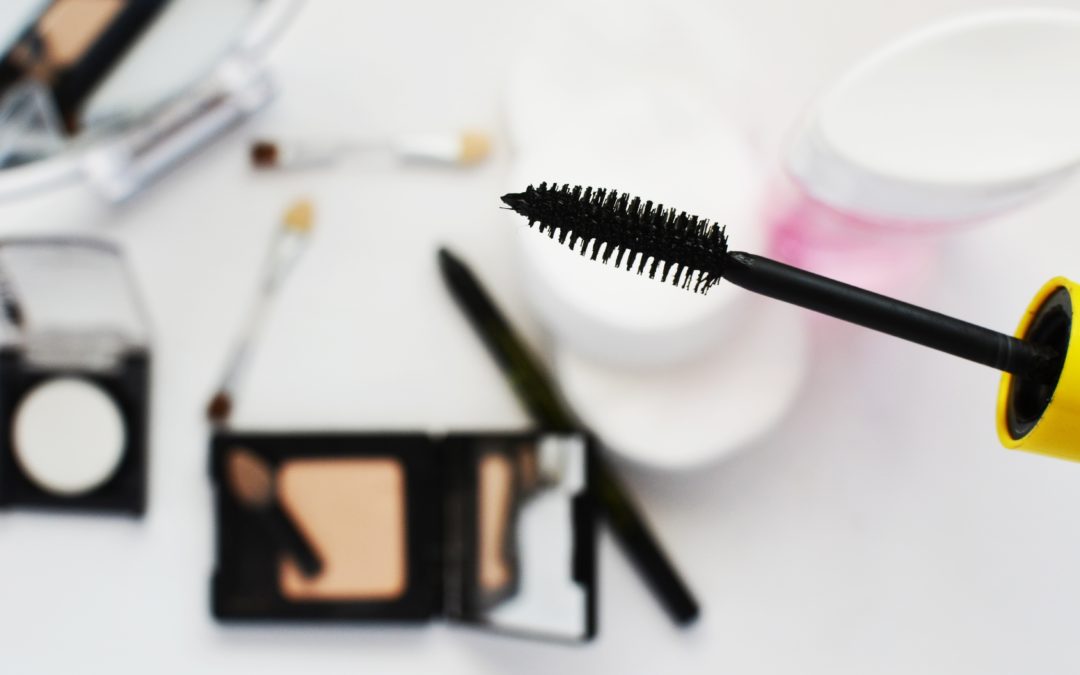As I said in part 1 of this skincare series, I’ve been really interested in cleaning up my personal products, taking out any harmful skincare ingredients, and replacing them with ones that are safer for me and the environment. When starting to research products and ingredients I came upon a startling fact…
While the European Union has banned 1,328 harmful chemicals and ingredients, the United States has only banned 30.
omg say WHAT?!?!?!?!
That means there are thousands of chemicals Americans use and eat every day, that in other parts of the world are not deemed safe for humans. We’re talking pesticides, food additives, dyes, preservatives, chemicals in personal products like cosmetics, toothpaste, deodorant, and shampoo. That’s freakin’ messed up and I’m really not cool with it!
Are you as baffled as I am? This is one of the most shocking and upsetting statistics I have heard in years. It makes me think “WTF is wrong with us? Why are are so backwards on this?”
Here’s why. In short, most countries take the stance that if there is credible evidence of danger to human or environmental health, preventative action is taken by banning the product, whether or not the science has yet to prove it’s unsafe.
The US, on the other hand sees it as an “innocent until proven guilty” type of deal. Meaning if there is concern over a product, it will not be banned until certain and conclusive studies have been conducted, proving a high level of harm.
You can see my article in part 1 of this series, when I took a startling look at the ingredients in some of my daily skincare products. I highly encourage you to check out the Environmental Working Group’s website to look at the safety of ingredients in your products.
But for now this is what I want you to be aware of. Please, ladies look at your labels!
HARMFUL INGREDIENTS YOU SHOULD AVOID
A disinfectant used as a preservative and surfactant associated with severe skin, eye, and respiratory irritation and allergies. Found in: sunscreens, moisturizers.
Synthetic antioxidants used to extend shelf life. They are likely carcinogens and hormone disruptors and may cause liver damage. Found in: lipsticks, moisturizers, diaper creams, and other cosmetics.
A byproduct of coal processing that is a known carcinogen. It is used as a colorant and an anti-dandruff agent. Found in: hair dye, shampoo.
A chelating (binding) agent added to cosmetics to improve stability. May be toxic to organs. Found in: hair color, moisturizers.
Surfactants and pH adjuster linked to allergies, skin toxicity, hormone disruption, and inhibited fetal brain development. Found in: hair dyes, mascara, foundation, fragrances, sunscreens, dry cleaning solvents, paint, pharmaceuticals.
Used as a preservative in cosmetics. A known carcinogen that is also linked to asthma, neurotoxicity, and developmental toxicity. Present where quaternium-15, DMDM hydantoin, imidazolidinyl urea, diazolidinyl urea, sodium hydroxymethylglycinate, 2-bromo-2-nitropropane-1,3 diol (Bronopol), and several other preservatives are listed. Found in: shampoo, body wash, bubble bath.
A skin-lightening chemical that inhibits the production of melanin and is linked to cancer, organ toxicity, and skin irritation. Found in: skin-lightening creams.
Chemical preservatives that are among the most common irritants, sensitizers, and causes of contact skin allergies. Found in: shampoo, conditioner, body wash.
Sunscreen agent and ultraviolet light absorber linked to irritation, sensitization and allergies, and possible hormone disruption. Found in: sunscreen, moisturizer.
A class of preservatives commonly used to prevent the growth of bacteria and mold. Parabens are endocrine (or hormone) disruptors, which may alter important hormone mechanisms in our bodies. Found in: shampoo, face cleanser, body wash, body lotion, foundation.
A class of plasticizing chemicals used to make products more pliable or to make fragrances stick to skin. Phthalates disrupt the endocrine system and may cause birth defects. Found in: synthetic fragrance, nail polish, hairspray, and plastic materials.
PEGs are widely used in cosmetics as thickeners, solvents, softeners, and moisture-carriers. Depending on manufacturing processes, PEGs may be contaminated with measurable amounts of ethylene oxide and 1,4-dioxane, which are both carcinogens. Found in: creams, sunscreen, shampoo.
A nutrient that may damage DNA and speed the growth of skin tumors when used topically. Found in: moisturizer, anti-aging skincare.
SLS and SLES are surfactants that can cause skin irritation or trigger allergies. SLES is often contaminated with 1,4-dioxane, a byproduct of a petrochemical process called ethoxylation, which is used to process other chemicals in order to make them less harsh. Found in: shampoo, body wash, bubble bath.
An engineered scent or flavoring agent that may contain any combination of 3,000-plus stock chemical ingredients, including hormone disruptors and allergens. Fragrance formulas are protected under federal law’s classification of trade secrets and therefore can remain undisclosed. Found in: all types of cosmetics.
A volatile petrochemical solvent that is toxic to the immune system and can cause birth defects. Found in: nail polish.
Antimicrobial pesticides toxic to the aquatic environment; may also impact human reproductive systems. Found in: liquid soap, soap bars, toothpaste.


